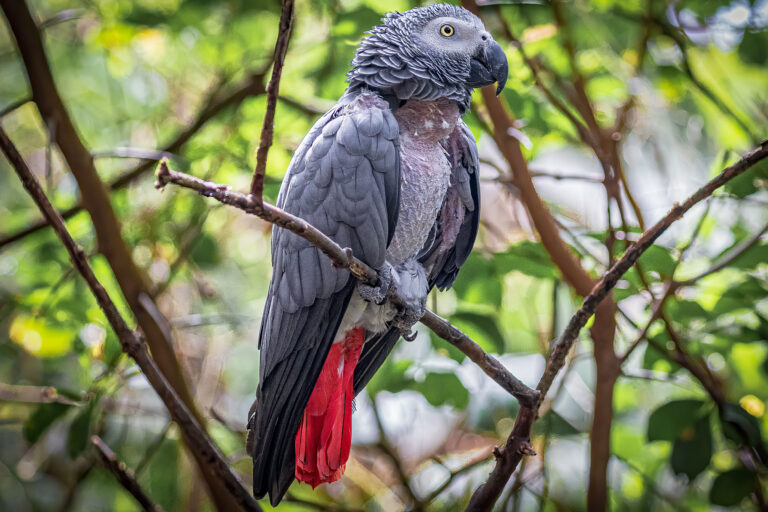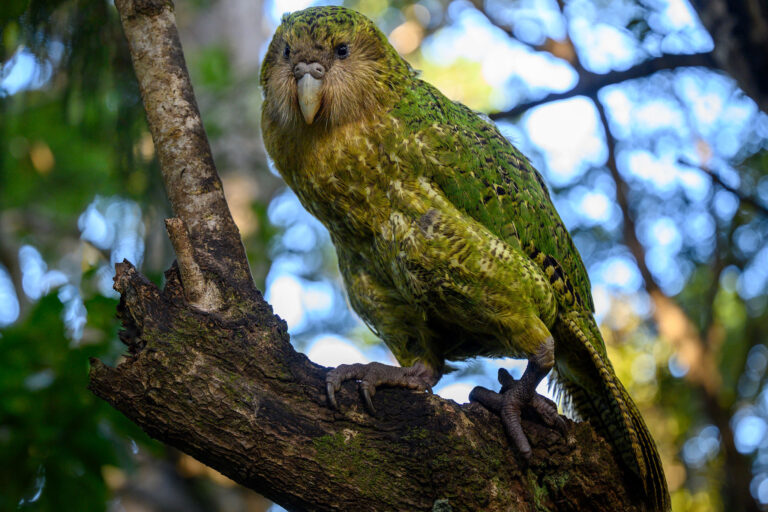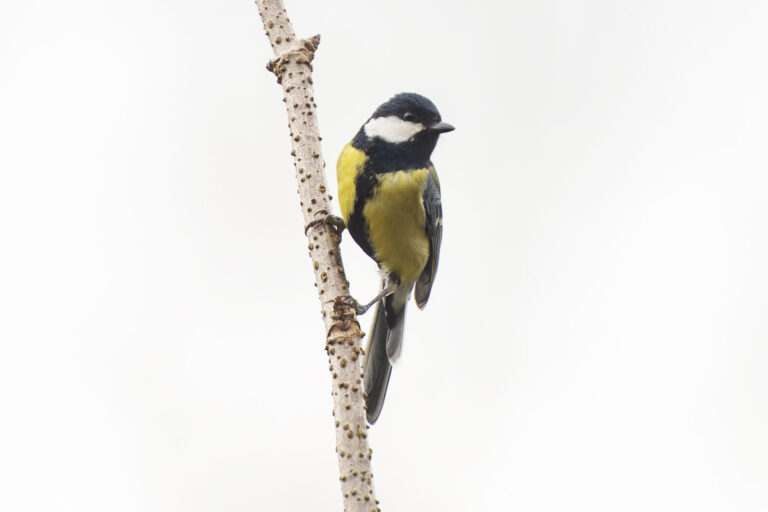As devoted bird owners, we understand the importance of ensuring our feathered companions live fulfilling lives filled with mental and physical enrichment. Birds are intelligent and social creatures, and it’s our responsibility to provide them with opportunities to thrive in captivity. In this comprehensive guide, we’ll explore five effective strategies to keep your bird mentally and physically stimulated, promoting their overall well-being and happiness.
1. Provide a Variety of Toys and Activities
Birds are naturally curious beings, constantly seeking stimulation and engagement in their environment. To satisfy their innate curiosity, it’s essential to offer a diverse range of toys and activities that cater to their specific interests and preferences. Consider providing toys that encourage natural behaviors such as foraging, climbing, shredding, and chewing.
Invest in puzzle feeders, interactive toys, and bird-safe chewables to keep your feathered friend engaged and mentally stimulated. Rotate toys regularly to prevent boredom and provide new challenges for your bird to explore. By offering a stimulating environment, you’ll help prevent boredom and behavioral issues while promoting mental and physical well-being.
2. Create an Enriching Living Environment
In addition to providing toys and activities, creating an enriching living environment is crucial for keeping your bird mentally and physically stimulated. Incorporate natural elements into their habitat, such as branches, perches of varying sizes and textures, and hiding spots.
Introduce different textures and materials for your bird to explore, such as natural wood, rope, and safe plants. Arrange their cage in a way that encourages movement and exploration, allowing them to exercise and stretch their wings. By creating a dynamic and stimulating living space, you’ll provide your bird with opportunities for mental and physical enrichment.
3. Foster Social Interaction
Birds are highly social creatures that thrive on interaction and companionship. Providing opportunities for socialization with both humans and other birds is essential for their mental and emotional well-being. Spend quality time interacting with your bird through talking, singing, and gentle handling.
If possible, consider introducing your bird to a compatible avian companion to provide social stimulation and companionship. Supervised playdates or interactions with other birds can also be beneficial, allowing them to engage in natural flock behaviors and socialize with their peers.
4. Encourage Exploration and Out-of-Cage Time
Allowing your bird ample out-of-cage time is essential for promoting physical exercise and mental stimulation. Create a safe and bird-proofed area where your bird can explore and stretch their wings freely. Supervise their out-of-cage time to ensure their safety and provide interactive play opportunities.
Offering a variety of perches, climbing structures, and toys outside of the cage will encourage exploration and physical activity. Consider setting up bird-safe play gyms or stands where your bird can exercise and engage in natural behaviors. By providing regular out-of-cage time, you’ll promote physical fitness and mental well-being.
5. Incorporate Training and Enrichment Activities
Training sessions and enrichment activities provide valuable mental stimulation and strengthen the bond between you and your bird. Teach your bird new tricks, such as stepping up, target training, or simple commands, using positive reinforcement techniques.
Incorporate enrichment activities into your bird’s daily routine, such as hiding treats in foraging toys or creating DIY puzzle feeders. These activities encourage problem-solving skills and provide mental stimulation while reinforcing positive behaviors.
Keeping your bird mentally and physically stimulated is essential for their overall well-being and happiness. By providing a stimulating environment, fostering social interaction, encouraging exploration, and incorporating training and enrichment activities, you’ll help ensure that your feathered friend leads a fulfilling life in captivity. Implement these strategies with love and patience, and watch as your bird thrives both mentally and physically. Your efforts will be rewarded with a happy, healthy, and vibrant companion by your side.

Dr. David Woolard’s interest in veterinary medicine stems from his upbringing in the lovely hamlet of New Paltz, NY, where he gained a love of animals at a young age.
Subscribe my Newsletter for new blog posts. Stay updated from your inbox!










